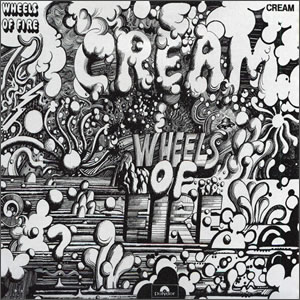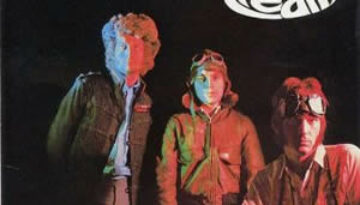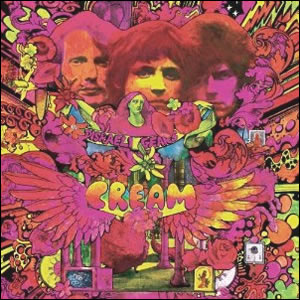Wheels of Fire by Cream
Buy Wheels of Fire The short-lived power trio Cream reached their apex with Wheels of Fire in 1968. This double album consists of one studio LP and one live LP, and it became […]

Buy Wheels of Fire The short-lived power trio Cream reached their apex with Wheels of Fire in 1968. This double album consists of one studio LP and one live LP, and it became […]

Buy Fresh Cream The British blues-rock trio Cream was, perhaps, the first to be deemed a “super group”. Their 1966 debut, Fresh Cream was produced by Robert Stigwood and includes a true fusion […]

Buy Disraeli Gears Rock’s first “super group”, the British trio Cream was only together for a few years in the late 1960s with only four albums to their credit. However, they left a strong […]